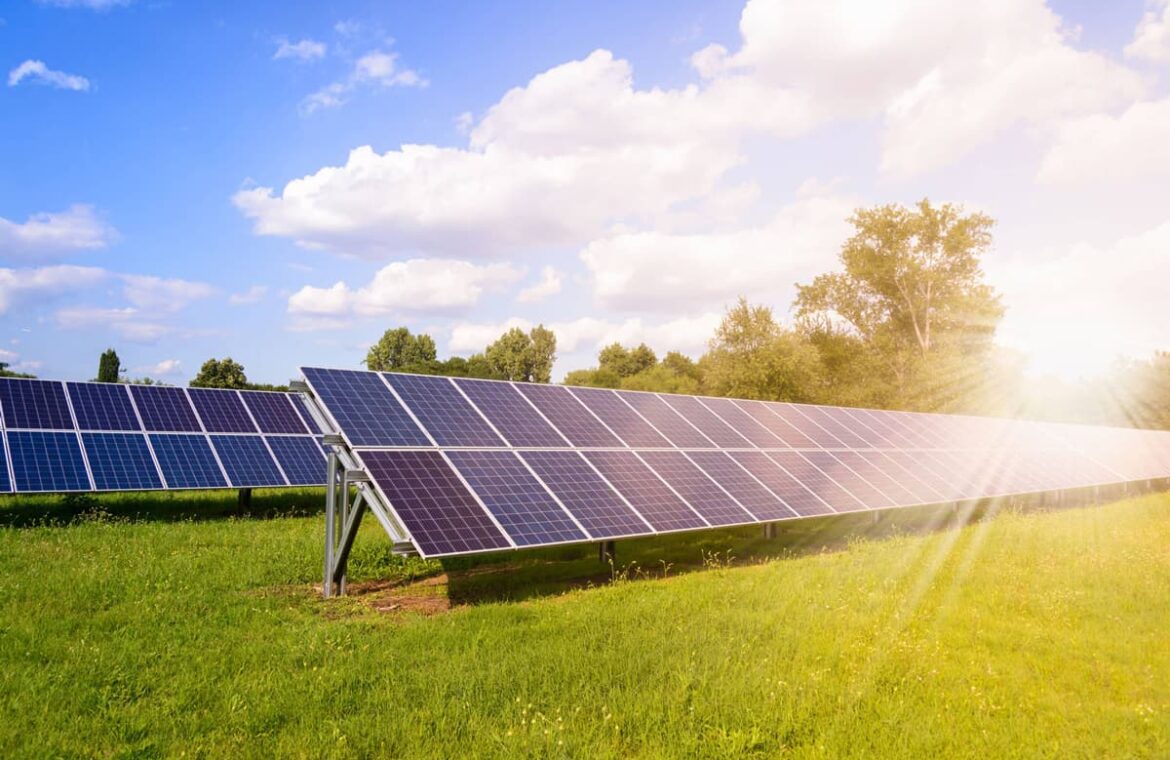
Hybrid Energy
A single solar panel costs $427 and $610, but can vary depending on the size and type of system. One of the most common domestic sizes is a 4kW solar panel system, which costs around $7,200 and will cover around 312 square feet of your roof. (estimate, price varies)
WHAT IS HYBRID ELECTRICAL POWER
Hybrid power systems are those that generate electricity from two or more sources, usually renewable, sharing a single connexion point. Although the addition of powers of hybrid generation modules are higher than evacuation capacity, inverted energy never can exceed this limit. In that way, a hybrid generation plant can, therefore, use, for example, photovoltaic energy when the sun shines and another source, such as wind, in cloudy weather, thus ensuring a more stable and efficient supply. Hybrid installation may or may not always include storage systems.
TYPES OF HYBRID ELECTRICAL POWER
Leaving aside hybrid installations with diesel generators, the most common types of hybrid electrical power combinations are
Photovoltaic + Wind.
PV+Wind systems are often used in remote areas where access to the grid is limited or unavailable.
Photovoltaic + Hydraulic.
Combines solar photovoltaic (PV) panels and hydraulic systems to generate and store energy.
Hydraulic + Wind.
Combines wind turbines and hydraulic systems to generate and store energy.
Solar Thermal + Biomass.
Combines solar thermal energy and biomass energy to generate electricity and/or heat.
ADVANTAGES OF HYBRID ENERGY
The renewable energy sector is in a constant process of innovation to increase its efficiency, competitiveness and to protect the health of the planet. The main advantages of hybrid projects include:
Increased capacity factor in the access point of the hybrid plant thanks to the complementarity of the load curves of both technologies.
Switching between sources when one is inactive reduces the unpredictability inherent in renewable energy and improves the stability of the electricity supplied. Thus, the power on the supply point is ensured.
Optimization on the use of electric infrastructures, involving synergies on O&M and CAPEX.
Speeding up connection times and the commissioning of new renewable generation plants if there is no need to apply for a new access point.
Source: https://www.energy.gov/eere/solar/
